STM32 Bare Metal Programming: A Look at MCU Development
Microcontroller programming is vast, with various platforms and tools available for enthusiasts and professionals. One intriguing area is bare metal programming, particularly for the STM32 microcontroller. This article delves into a comprehensive YouTube series on STM32 bare metal programming, highlighting its significance and how it can enhance your understanding of MCU development.
Understanding Bare Metal Programming
As the name suggests, bare metal programming involves programming a microcontroller without using any operating system or high-level APIs. It's akin to communicating directly with the hardware, offering a deeper understanding of the microcontroller's workings. For many, like myself, it's a guilty pleasure. While there might not always be a practical need for it, the learning experience is invaluable. Whenever we delve into a bare metal project, we find ourselves enriched with knowledge, even if we eventually revert to familiar platforms like MicroPython or a C SDK.
STM32 Bare Metal Programming Series by Low Byte Productions
Recently, we stumbled upon a YouTube series by Low Byte Productions, helmed by Francis Stokes. This series, which we discovered through a Hackaday article, offers a thorough walkthrough on getting an STM32 chip up and running. While the series primarily uses the popular Nucleo board, the teachings can be adapted for other boards like the Blue Pill, provided you have the means to program it.
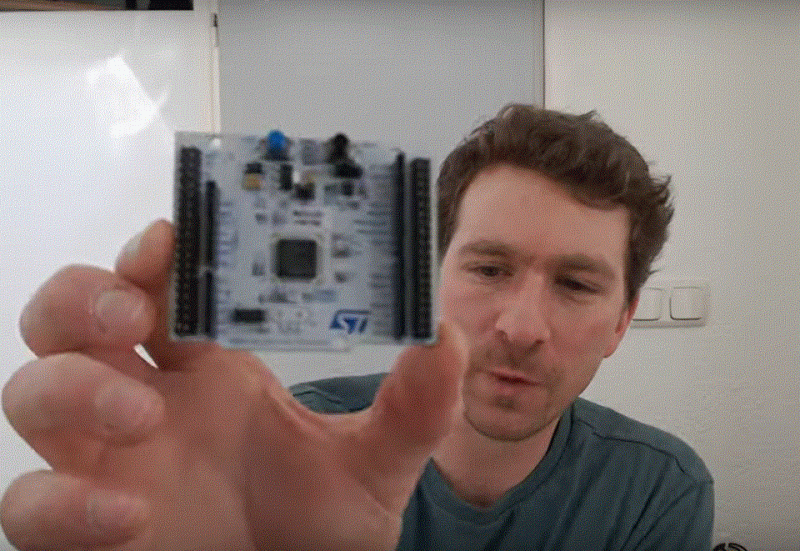
Deep Dive into STM32 Programming
The series is more than just a basic introduction. It delves deep, starting with fundamental concepts like blinking a light using libopencm3 and then diving into more complex topics like PWM, timers, UART drivers from scratch, designing packet protocols, creating bootloaders, and even cryptographically signed firmware. It's a long-form series that provides insights at every turn, ensuring you're not just replicating steps but truly understanding the process.
For those interested, check out the Hackaday article by Brian Cockfield, which provides a link to the YouTube playlist. If you find this series beneficial or know of another even better resource, do share in the comments section below. As we've mentioned, bare metal programming is a guilty pleasure of mine, and we're always on the lookout for more resources.



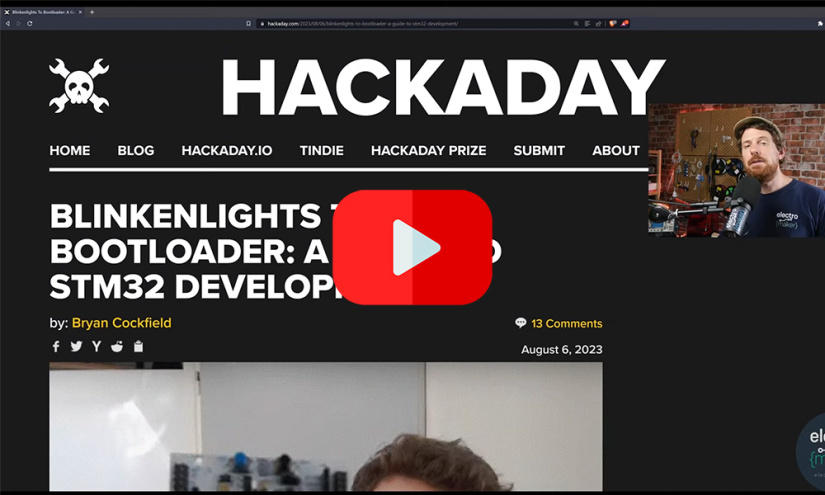

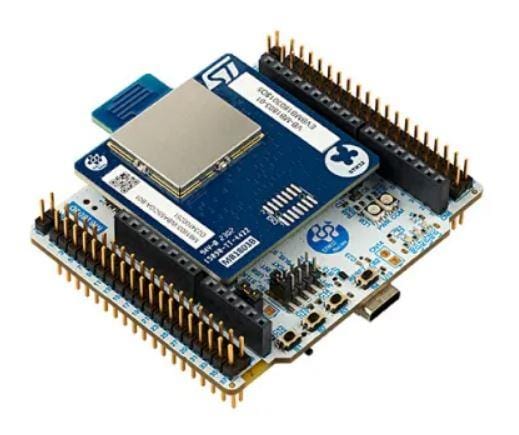
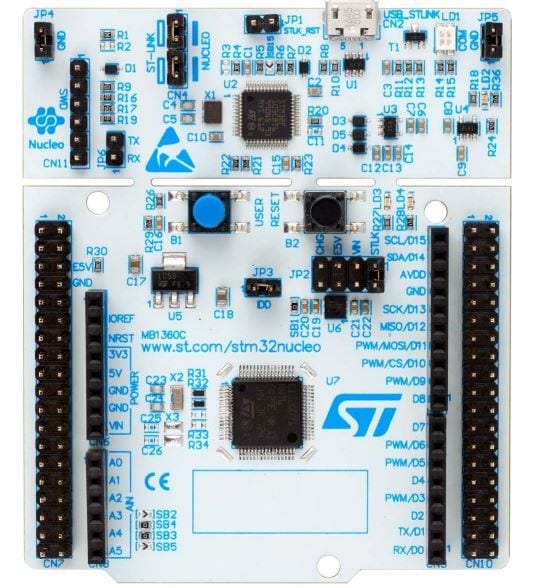
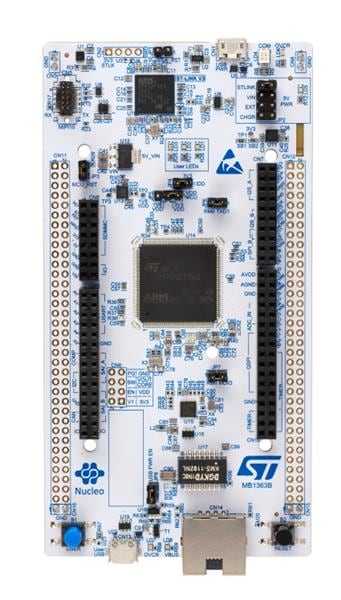

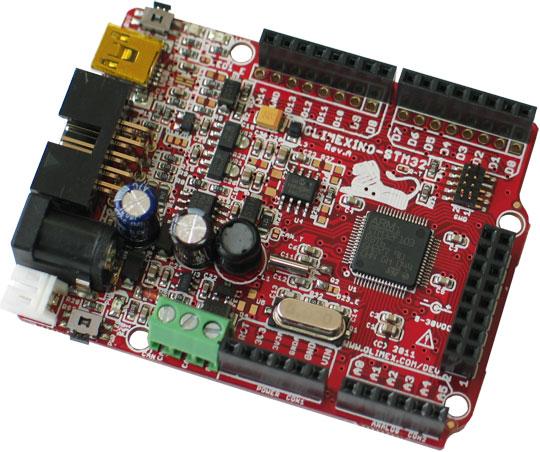
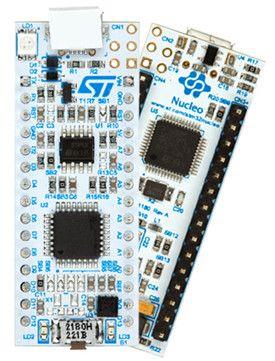



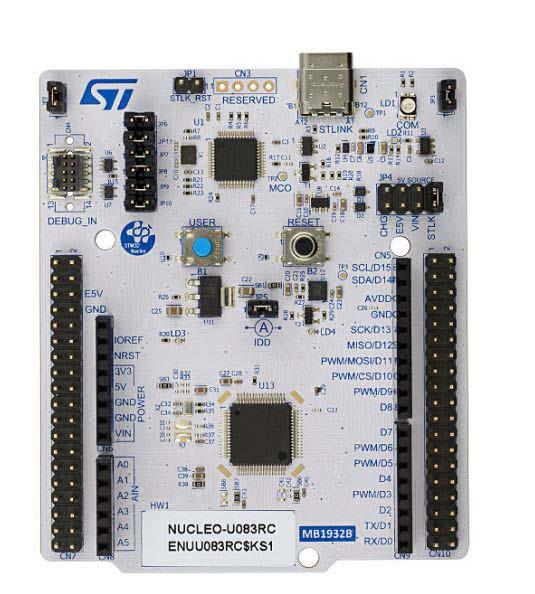

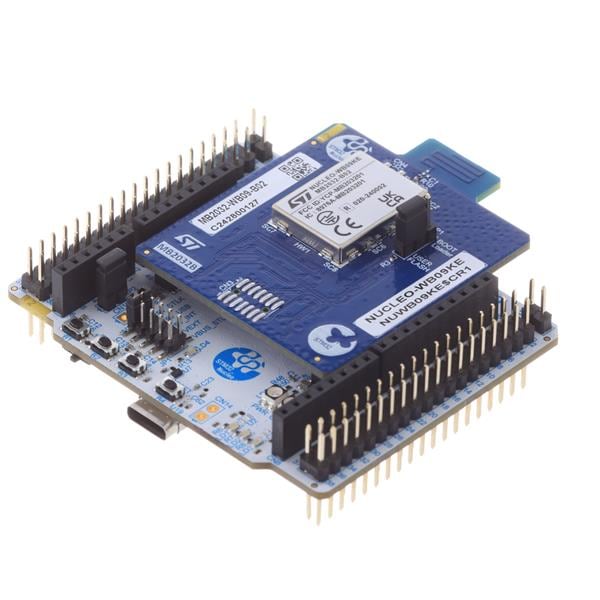
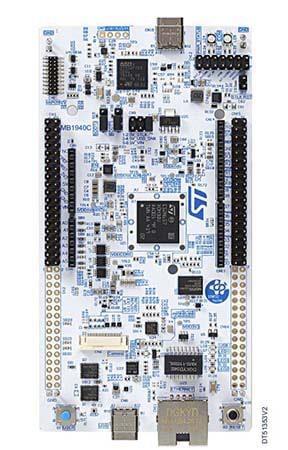
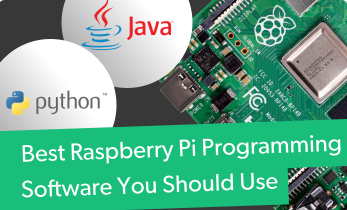

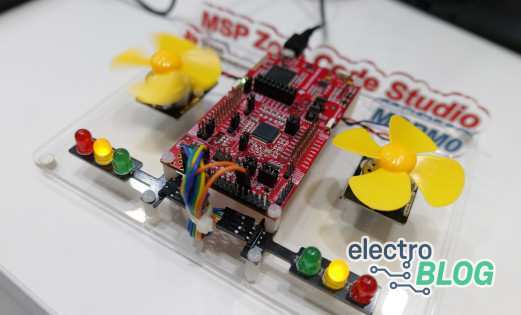


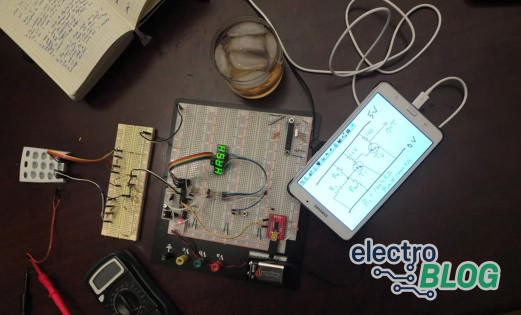
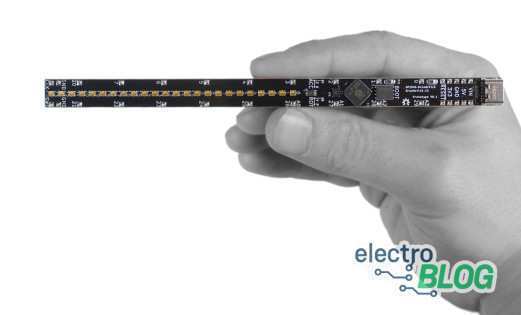


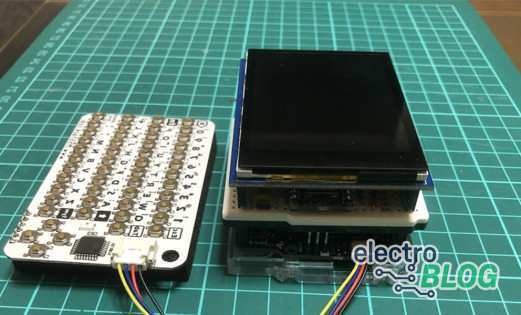
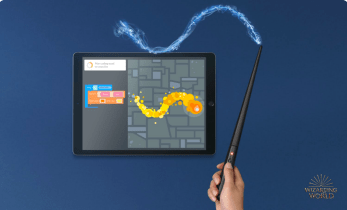
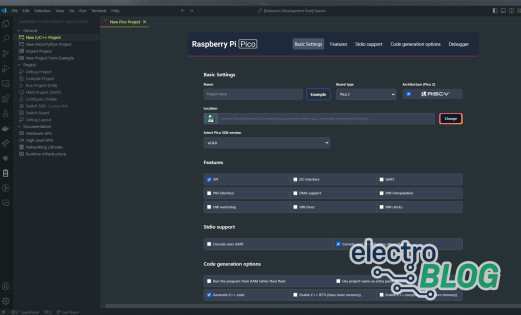
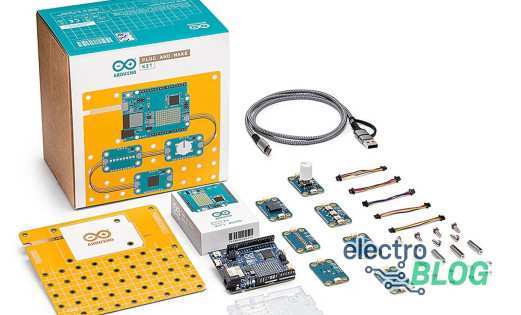

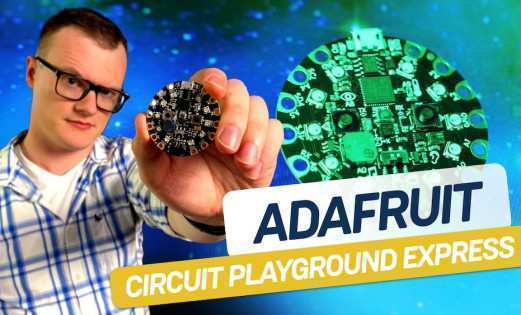

Leave your feedback...